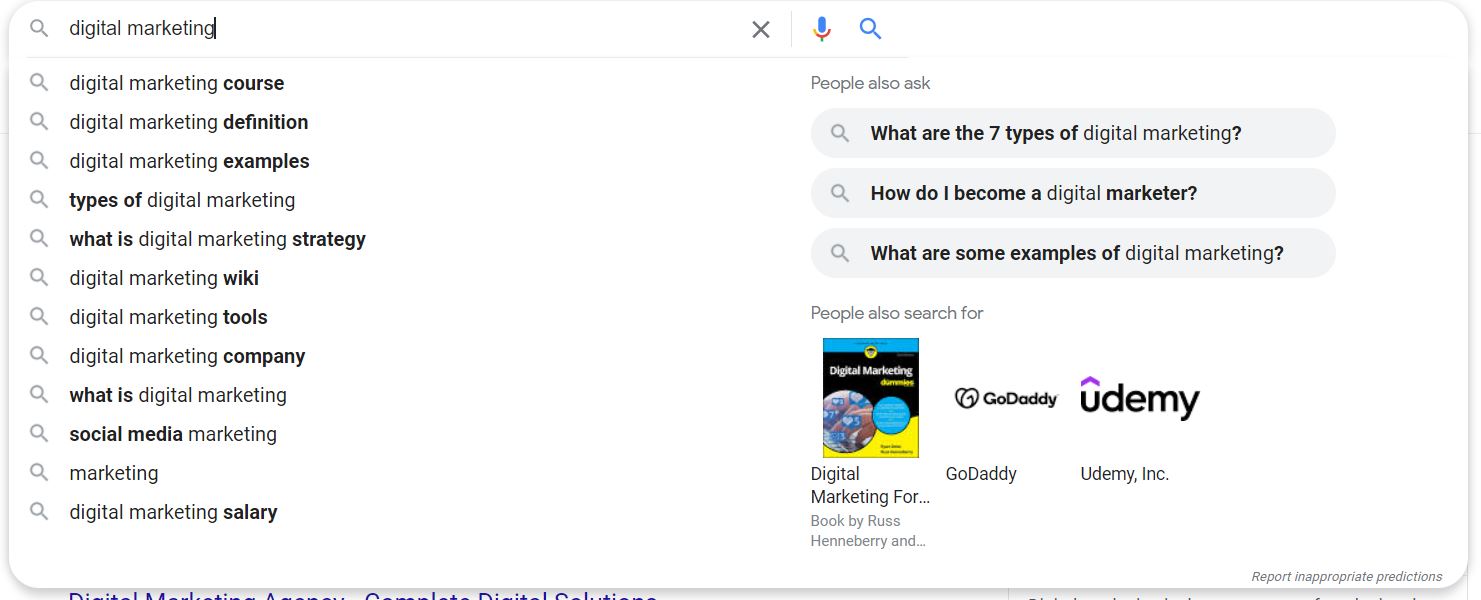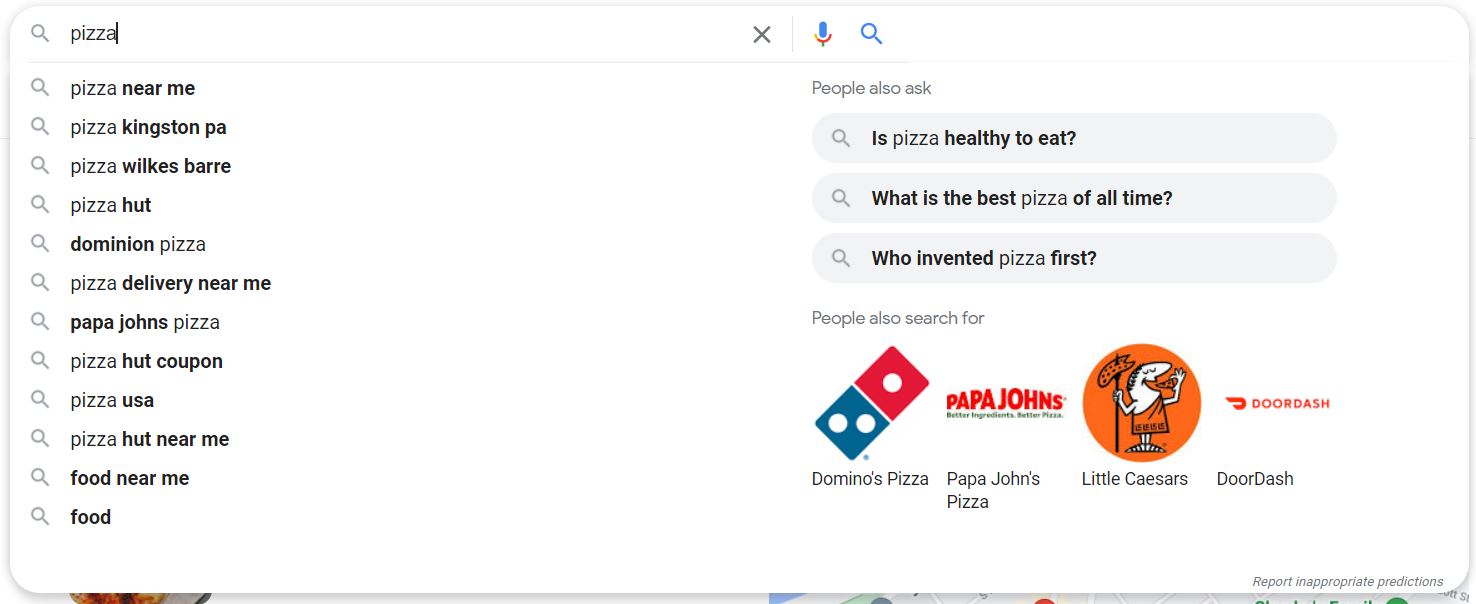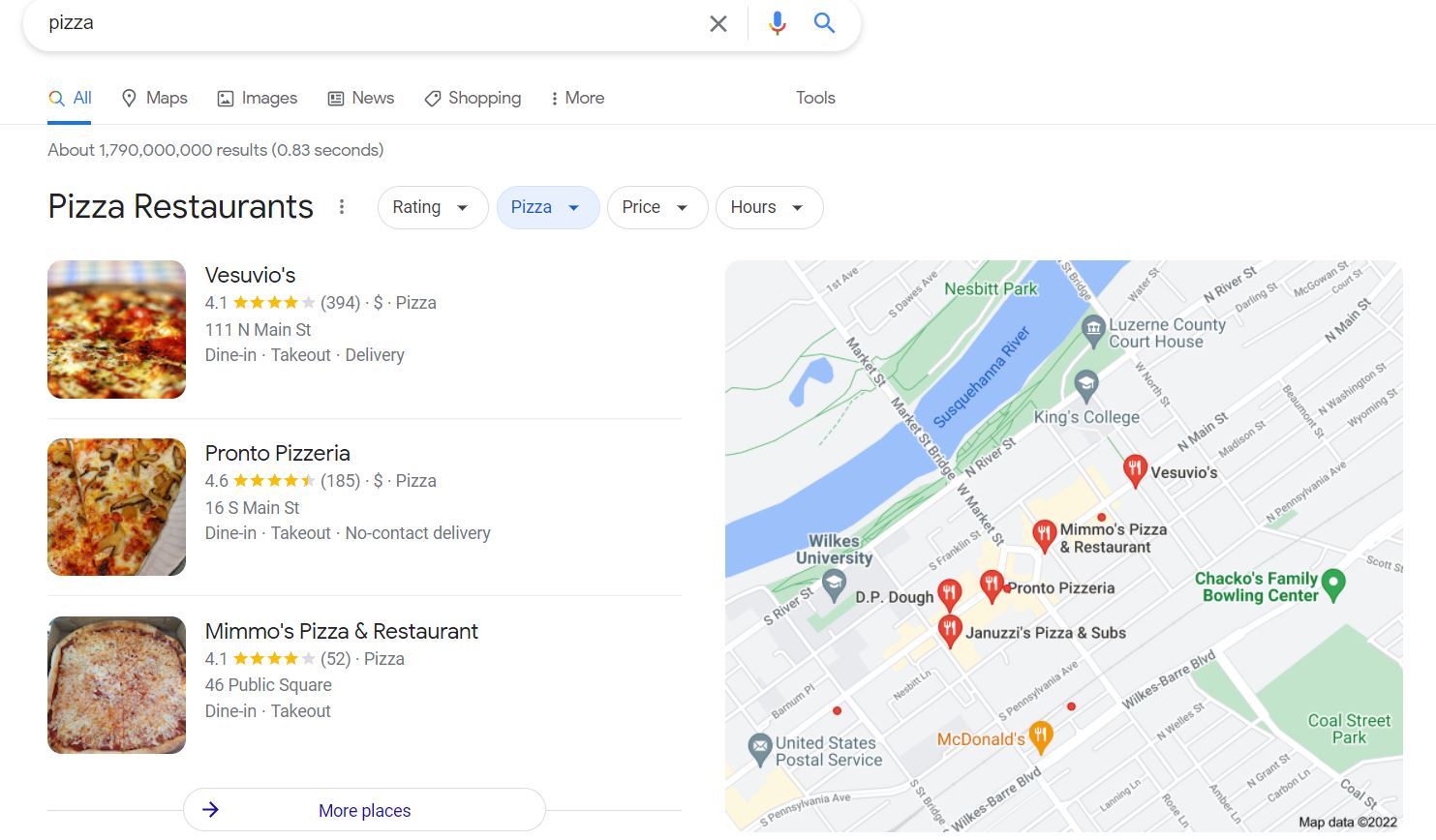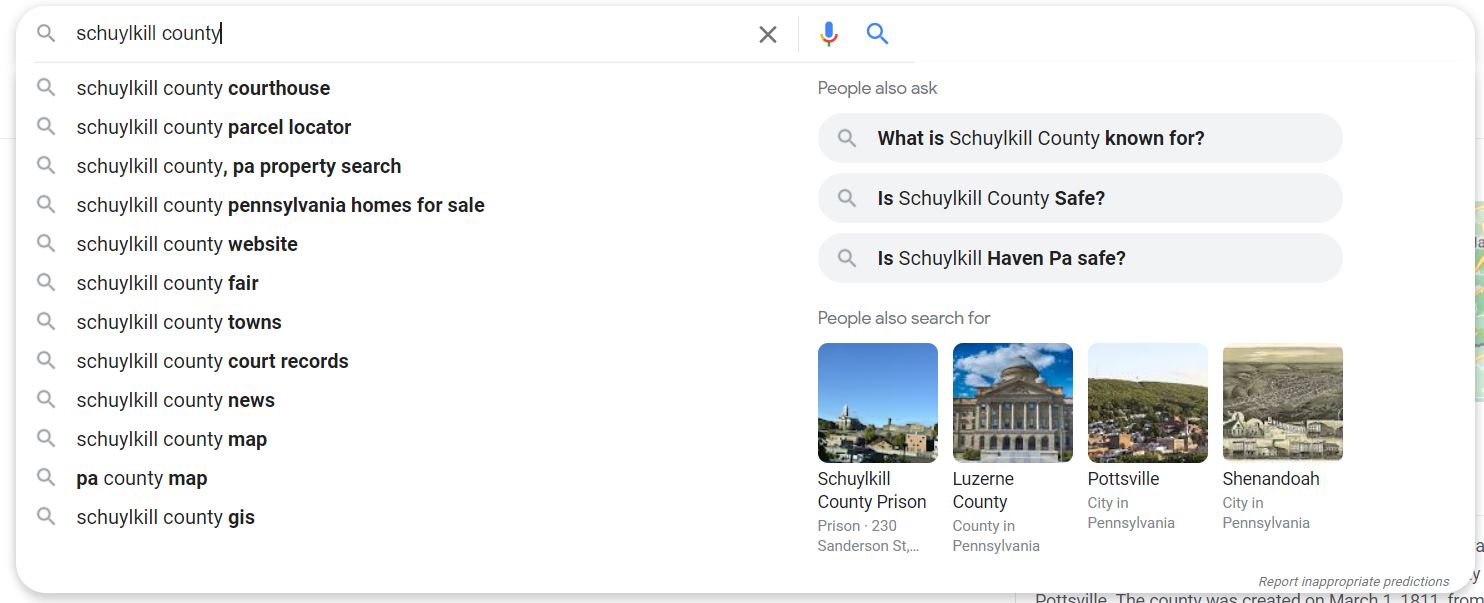Sometime in December, SEO experts started noticing that Google was low-key testing out a new feature inside its search box.
It’s an expanded version of the box that we’re calling the enhanced autocomplete box.
Over in the box’s right column, Google pulls the top three People also ask questions, and a People also search for section presenting numerous related terms and entities.
While there’s a wealth of information out there, most news outlets and blogs just rehash what the box is and how they accessed it.
But this isn’t the fault of those publishers.
That’s all the intelligence there is on that right now, since this is clearly just a beta test that Google isn’t ready to comment on just yet.
At the same time, the information that the new autocomplete feature presents is evident to industry experts.
Many SEO professionals probably noticed the new feature and believe they know what Google is up to.
Maybe we don’t have the full story yet, but I have an idea about where Google might be taking this.
There’s a way that SEO experts can leverage the enhanced autocomplete to perform keyword research and topic research.
What Google’s Enhanced Autocomplete Function Is
First, let’s cover what the new enhanced autocomplete box actually is.
Here’s a screencap of what it looks like:
 Screenshot from search for [digital marketing], Google, January 2022
Screenshot from search for [digital marketing], Google, January 2022Before we get to what’s in the expanded box, the first thing you’ll notice was that this thing appears above the position-zero featured snippet and the knowledge panel on the right.
What does that tell us? We can’t be sure yet.
At a glance, the new expanded box appears to be just a new way for the search engine to organize some of what it thinks are the most important search features for your query.
Down the left column, in their usual place, are the suggested autocompletes for your term.
In the new right column are three People also ask Questions, and below those are a few items in the People also search for section.
Note that the box does not contain organic search results, and I wouldn’t expect Google to start cherry-picking results to put up there.
Well, why would it? The results are already down there for you to see, in the order Google prefers.
Overall, the enhanced autocomplete seems to be a way to make your search a bit easier if you happen to be looking for any of those three PAA question topics, or to buy that digital marketing book, or to do business with GoDaddy.
If you’re wondering why Google would feature elements in its expanded search box that it already features right on the SERP, just chalk it up to further optimization of user experience.
You know why PAA questions exist. You know why Google’s Knowledge Panels exist.
What the enhanced autocomplete box does is simply relocate the most relevant pieces of that extra content to a more prime piece of real estate so you don’t even have to scroll to find it.
If you want organic SERPs, you can head on down the page like normal.
So, how do I feel about the enhanced autocomplete box?
There’s revealing information there that you can leverage for your digital marketing efforts.
Using The Enhanced Autocomplete Box For Keyword And Topic Research
At this stage, anyone can claim to know what exactly the enhanced autocomplete box is and how it can be used.
But I believe I can extrapolate what the box is supposed to represent.
If there is already a PAA section on a given SERP, as well as a knowledge panel for the more mainstream topics out there, Google is selecting a certain few items from each section to present to you.
You know the items you’re being shown are the most authoritative and relevant on the page.
Like what we’re used to seeing in SEO already, digital marketers can take advantage of Google’s selections to perform keyword research and topic research.
Keyword Research
Have a look at this version of the box below, for my search query [pizza].
 Screenshot from search for [pizza], Google, January 2022
Screenshot from search for [pizza], Google, January 2022But now take a look at the regular SERP for [pizza] below.
 Screenshot from search for [digital marketing], Google, January 2022
Screenshot from search for [digital marketing], Google, January 2022Now, look at the enhanced autocomplete box. It’s showing me Domino’s, Papa John’s, Little Caesars, and DoorDash.
Do you see those entities anywhere on the actual SERP that I showed above?
Because Google is presenting me with these results, it’s assuming some things about my query, namely that I want to eat pizza right now.
If that’s the case, those are some options for me to try (like DoorDash), and a convenient way to get it, too.
But what if I was a new pizza franchise that wanted to compete with Domino’s and Papa John’s? What if I, too, wanted to get in Google’s enhanced autocomplete box for a [pizza] query in Wilkes-Barre, Pennsylvania?
If I was savvy in digital marketing, I would look at the websites of those companies to see what their meta information was like, what they were using for H1s, and how they optimized their pages for SEO and user experience.
I’d look at how easy it was to order pizza from their sites or to find a location near me.
After poring over the sites manually, I would then take a look at the sites in a tool such as SEMrush to see what’s going on behind the scenes.
What are they doing right that my pizza franchise’s website would need to do to perform well?
Ultimately, I might find that those sites have healthy domain authorities built on backlinks and Core Web Vitals and content.
However, I could also run through those sites’ keywords to see what opportunities lie there for my franchise.
In the context of this example, any owner of a pizza franchise would have to know that Domino’s, Papa John’s, and Little Caesars are pretty big.
But you never know what your site can do until you observe a competitor’s keyword profile.
There’s a good reason why Google chose to put those three companies in my enhanced autocomplete box rather than three others.
In classic SEO reverse-engineering fashion, we can use Google’s choices to discover what kinds of results the search engine really wants to see.
Topic Research
The pizza example from above is a particularly interesting one for keyword research because Google gave us some search competitors that don’t even appear in my organic results.
As I keep saying, that’s evident.
But what about topic research?
I don’t think there are any particularly great revelations to hash out on that.
Google is moving the top three PAA questions up to the enhanced autocomplete box for some searches, and with those, we can also reverse-engineer those results’ SEO (to see what content works for those websites).
So, in general, the SEO community already knows how to take advantage of the PAA.
However, I suppose we can see the three “featured” PAA in the box as just more of a confirmation of Google’s confidence in those results.
This is to say: if for any reason, you weren’t paying attention to the PAA before, you should definitely be doing so now.
Google is telling content marketers everywhere that many people also ask these three questions related to your query, and that if they’ve searched for the general query [pizza], they might also want to know if pizza is healthy to eat or who invented pizza first.
Depending on your market niche, these content topics might be relevant to you.
Maybe you run a pizza blog.
Anything is possible.
The Takeaway
As you might have seen reported in the SEO media, Google has recently been beta testing numerous other SERP features that take up the width of the page, from featured snippets to Map packs.
That tells us that Google’s been wondering whether delivering content in that format is going to be better for the user experience.
 Screenshot from search for [schuylkill county], Google, January 2022
Screenshot from search for [schuylkill county], Google, January 2022SEO professionals, though, should take note of the enhanced autocomplete box and any other beta tests they’ve seen recently.
Google is giving us some hints about some possible new SERP priorities to come, and it’s up to all of us to rise and meet the challenge.
More resources:
- 44 Free Tools to Help You Find What People Search For
- How to Identify Questions & Optimize Your Site for Q&A, FAQ & More
- How to Do Keyword Research for SEO: The Ultimate Guide
Featured Image: THEBILLJR/Shutterstock





